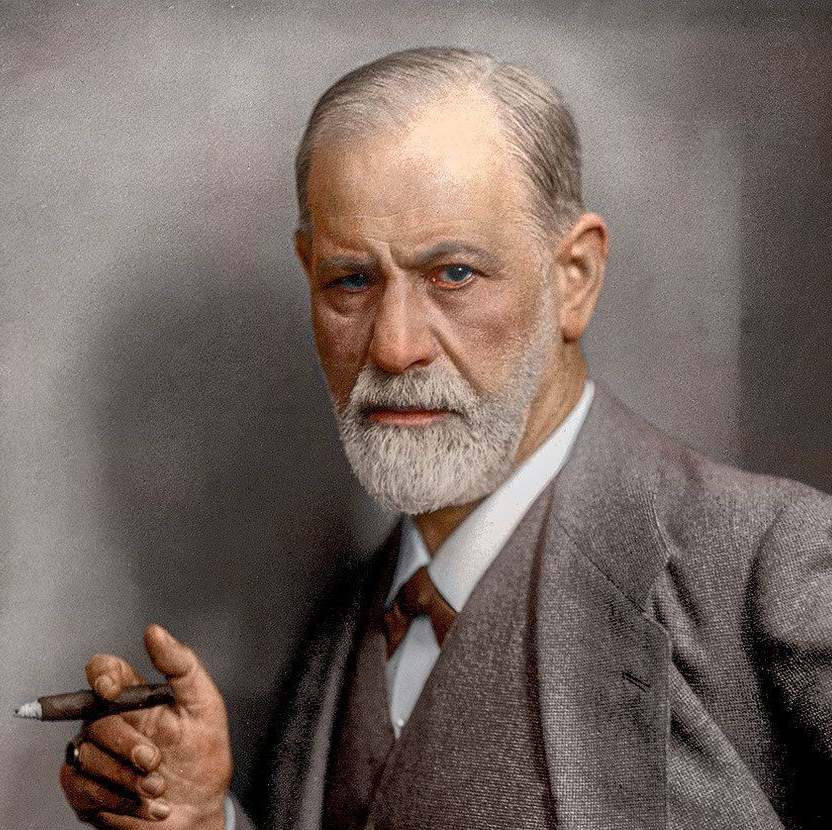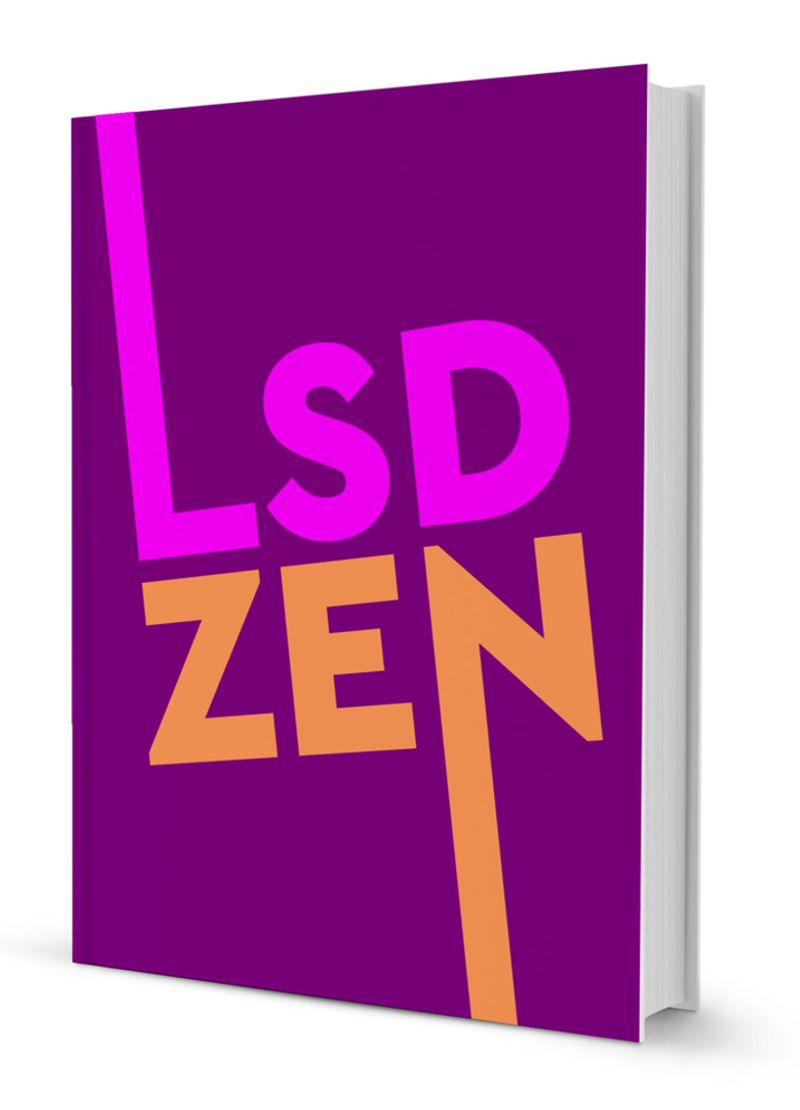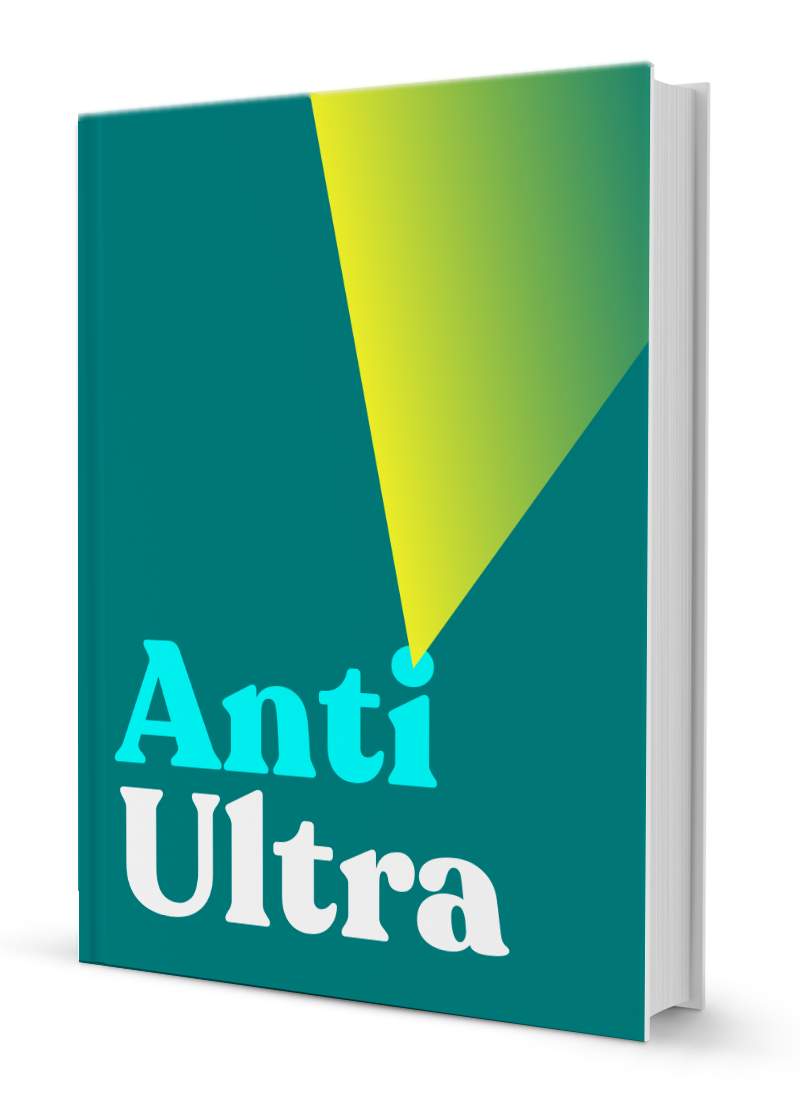Resistance to the use of LSD-25 in Psychotherapy
By Harold R. Stern, 1966

Freud viewed somewhat darkly the reception of what he considered to be his greatest discovery in the field of psychology, namely: dream interpretation. After viewing historically the great changes in the psychological sciences, one must be prepared to conclude that any new change is more likely to be met with scepticism and rejection than openness and understanding.
"My psychiatric colleagues seem to have taken no trouble to overcome the initial bewilderment created by my new approach to dreams. The professional philosophers have become accustomed to polishing off the problems of dreams (which they treat as a mere appendix to conscious states) in a few sentences and usually in the same ones; and they have evidently failed to notice that we have something here, from which a number of inferences can be drawn, that are bound to transform our psychological theories."
"The attitude adopted by reviewers in the scientific periodicals could only lead one to suppose that my work was doomed to be sunk into complete silence while the small group of gallant supporters, who practice medical psychoanalysis under my guidance and who follow my example in interpreting dreams and make use of their interpretations in treating neurotics, would never have exhausted their first edition of the book. Thus it is that I feel indebted to a wider circle of educated and curious-minded readers, whose interest has led me to take up once more after nine years this difficult, but in many respects fundamental, work."[9]
For any therapist interested in dreams, the interpretation of a dream by a patient treated with LSD-25 is a rare and exciting experience. The breadth and depth of the patient's associations to a dream can be of a nature seldom experienced under ordinary analytic circumstances. Why then, one may ask, is there in the psychotherapeutic profession so wide a taboo against the use of a drug which may have such large potential for more rapid and profound intervention in a wide range of emotional disorders?
In general we may say that part of the answer lies in the general human resistance to any sort of change. More specifically, the answer may lie in a certain amount of misunderstanding, as, for example, the recent comment, "The drugs are indeed dangerous even when used under the best of precautions and conditions."
[12]
One systematic study of any serious negative reactions to the psychedelic drugs covered nearly five thousand case histories in which LSD was used on more then twenty-five thousand occasions. Conditions deemed psychotic, lasting more than forty-eight hours, were seen in
. The rate of attempted suicides was slightly higher than one-tenth of one percent, and this referred to psychiatric patients, with histories of grave instability. There were no attempted suicides among those who took the drug simply as experimental subjects. So-called psychotic reactions occured in less than a tenth of one percent of the latter cases.[5]
Although the drug is often referred to as an hallucinogenic drug, it rarely produces hallucinations. The difference between the LSD experience and an hallucination has been described in this way:
It is part of the definition of an hallucination that it cannot be distinguished from the normal sense perception by the participant. This is not the case with the images evoked in a person under the influence of LSD-25; where an hallucinated subject might say: "There's a jaguar coming into the room," an LSD-25 subject would say: "I can see a jaguar coming into the room, but I know it isn't real." Moreover, the LSD-25 subject not only realizes that the so-called hallucinations are unreal. He very often has a fairly clear idea of the subjective elements they represent or symbolize. Thus, in the example I have just given, the subject might well go on to say: "and that jaguar represents my own hostile impulses towards you and towards myself."[13]
In his last unfinished and posthumously published book, Freud concluded his chapter on techniques by saying: "The future may teach us how to exercise a direct influence, by means of particular chemical substances, upon the amounts of energy and their distribution in the apparatus of the mind. It may be that there are other undreamed of possibilities of therapy. But, for the moment, we have nothing better at our disposal than the techniques of psychoanalysis, and for that reason, in spite of its limitations, it is not to be despised."[10]
Sandison, one of the more objective and experienced workers in the field using LSD, has stated: "Early LSD experiences frequently lead one straight to the core of a patient's problem. They do so more surely and more frequently than is normal in psychotherapy, and many months of time can be saved. I am convinced that patients under LSD come to the central problem long before they can possibly realize it by ordinary analytic means." [18]
This therapist's LSD experience with twelve subjects ranging from the severely schizophrenic to the mildly neurotic, treating some in as many as thirty sessions, others in as few as one, testifies to the significant resolution of conflicts. With many of these patients, one could have had little hope of helping them after their years of effort with competent therapists, and some with a few years of hospitalization behind them.
Almost without exception, after the first session, the patients expressed a desire for additional sessions, not because of "kicks," but because of insight and subsequently favorable personality changes.
None of the patients or colleagues of this writer have enjoyed mystical or "transcendental" experiences. This can be probably explained in terms of the particular therapeutic settings and the conditioned expectation that reflects the orientation of the therapist.
The drug has been established to be non-addictive.[1,3] Quite often, at first, the experience may be painful, inasmuch as the repressions are often lifted. Early traumas recalled with any of the original intensity usually generate anxiety.
"The doctrine of repression is the foundation stone on which the whole structure of psychoanalysis rests, the most essential part of it,"[11]
[19] The writer's own experience of the three-year training analysis, though most helpful, revealed few early memories before the age of four and was in sharp contrast to the second analysis utilizing LSD psychotherapy with clear recall of many pre-verbal memories, pre-Oedipal memories, with personality changes as a consequence.
The complaint that "none of these claims are based upon detailed, carefully controlled studies designed to be free from possible distortions due to bias or enthusiasm," [7] is all too true and echoes the same charges that are leveled at psychoanalysis in general, from within the profession[4] arid from outside.[17] Unfortunately, under the present restrictive circumstances it may be that these claims will never be established. However, the opportunities for quasi-laboratory verification are greater in the field of LSD therapy than with more orthodox procedures.
Hopefully, seriously-minded investigators will have the will and opportunity to explore the potentials and possible dangers of this and other so-called hallucinogenic drugs. [14] So-called hallucinogenic drugs have been and will be with us for some time to come. It is only the "hue and cry" that is current.
LSD-25 is not a new drug (1943) and precedes almost all the currently-used psychotropic drugs by many years. The latter are only recently being studied by psychoanalytically oriented therapists in terms of the libido theory and other dynamic considerations.[2] Let us hope that similar studies will be made of the psychotomimetic drugs.
One of the reasons given for requiring psychoanalysts to go through the training analysis is that they will offer as little counter-resistance to the patient's unconscious disclosures as possible. This is based on the oft-stated idea that one of the greatest objects of resistance in psychoanalysis is the unconscious. The very fact that LSD-25 helps provide a rich source of unconscious material would in itself be sufficient reason to suspect that it would meet with vast resistances.
Many LSD research staffs have found that the environment around them in hospitals and clinics soon became hostile as their work progressed.[1] The very fact that it is alleged to have psychotic-like effects helps us comprehend the hostility of an environment where people would manifest such behavior.
A very practical objection to the use of LSD is the question of convenience. It is very difficult to attend and interact with one patient for a duration os six to eight hours. It is not easy to arrange time for this without disrupting one's schedule or giving up evening or weekend hours needed for rest and other personal needs.
Moreover, the nature of the patient's communications under LSD is such that it is difficult to concentrate without great fatigue. The writer's memory of the aftermath of the first LSD session of eight hours with a patient, rampant with restlessness, resulting in sleeplessness and finally a fitful sleep ravaged by dreams, impels him to urge that therapists prepare for this by personal experience with the drug. It is much like learning to play a different musical instrument than one is accustomed to. This takes time and practice.
It would seem reasonable to raise three questions to any new proposed psychotherapeutic technique, theory or drug. In what way might it be harmful? Does the new approach cause any changes in the subject or is it more like a placebo? Finally, we can ask, does the new form of intervention do any good?
One of the most detailed articles on the prolonged adverse reactions to LSD states the belief that the actual incidents of serious complications following LSD are infrequent. The authors feel that "when properly employed, LSD is a relatively safe and important research tool."[6] Others have stated that, applying certain diagnostic principles, it is possible to make fairly accurate predictions about how a given subject will respond to LSD. [15]
We will pass lightly over the second question because there is probably fire where there is so much smoke, and we can discount the drug acting like a placebo.
The answer to the third question lies in the future. The experience of this writer, who has conducted more than fifty LSD individual sessions, leads him to comment very positively on the usefulness of the drug. Statements of a number of patients, who believe they could not otherwise have achieved the mental health they now enjoy, add further testimony to this belief. It is to be hoped that the future will provide occasions for an open exploration, investigation and discussion of this drug or of any other proposed psychotherapeutic adjunct.
SUMMARY
This paper discussed the various types of resistances that arise in response to a new idea; more specifically, some of the arguments for and against the use of LSD-25 for psychotherapeutic purposes. An attempt is made to show that many of the objections to the use of LSD-25 are exaggerated and based more on unconscious resistances than valid experience.
FOOTNOTES
- Abramson, FLA., Editor, The Use of LSD in Psychotherapy. Josiah Macy, Jr. Foundation, 1959.
- Azima, H., and Wittkower, E.D., Anacletic Therapy Employing Drugs. The Psa
- Qtly., 26: 190.1957.
Barron, F., Jarvil, M.E., and Bunnell Jr., S. The Hallucinogenic Drugs. Scientific American 210:29 April 1964.
- Bellak, L., Research In Psychoanalysis. The Psa Qtly. 30:519,1961.
- Cohen, S., LSD: Side Affects and Complications. J. Nerv. and Ment. Disease, 1960, 130: 30-40.
- Cohen, S., & Ditman, K., Prolonged Adverse Reactions to Lysergic Acid Diethylamide.Arch. of Gen. Psychiatry 8: 475-480, 1963.
- Cole, IC., and Katz., M., The Psychotomimetic Dru gs,J. A. M. A., 187: 758, 1964
- Eysenck, HI, The Effects of Psychotherapy: An Evaluation. J. Consult. Psychol. 16: 319, 1952.
- Freud, S., The Interpretation of Dreams Basic Books, New York, 1956.
- Freud, S., (1940) An Outline of Psychoanalysis. J. Strachey trans.. Norton New York.
- Freud, S., (1914)On The History Of The Psychoanalytic Movement. In Collected Papers, 1:287-359, Hogarth Press, London 1957.
- Grin ker., Bootleggea Ecstasy, J.A.M.A. 187: 768, 1964.
- Hayes, J.S., Clinical Investigations With LSD, Research Dept. Bulletin No. 1., Phila. Mental Health Clinic, 1961.
- . Huxley, J., Psychometabolism. J. Of Neuropsychiut ry 3: 5, 1962.
- Klee, G.D., and Weintraub. W., Paranoid Reaction Following LSD-25, Bradley, P.B., Deniker, P., and Radouce-Thomas C., Editors: Neuropsychopharmacology, Princeton, N.J., D. Van Nostrand Co., Inc., 1959, 457-460.
- Ostow, M. Drugs in Psychoanalysis and Psychotherapy. Basic Books, New York. 1962.
- Rosenweig, S., A Transvaluation of Psychotherapy: A Reply to Jans Eysenck. JAbn. Soc. Psychol. 39:298, 1954.
- Sandison R. & Whitelaw, J.D.A., Further Studies In the Therapeutic Value of LSD in Mental Illness. J Of Ment. Sci. 103: 1957
- Saul, L.J., Snyder, T.R. Jr., and Sheppard, E., On Earliest Memories., The Psa Qtly. 15: 258,1956.
Download Our Free Psychedelic Healing Books







